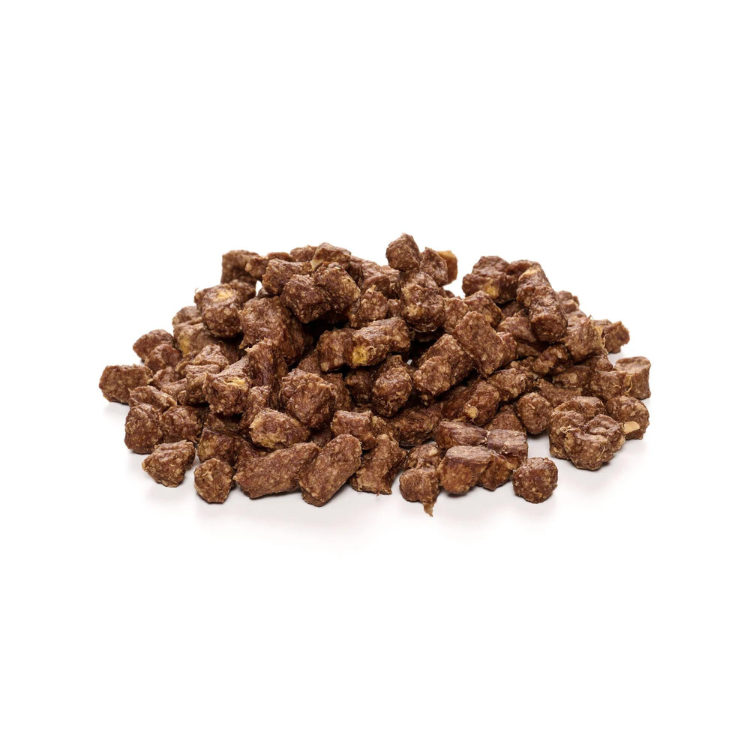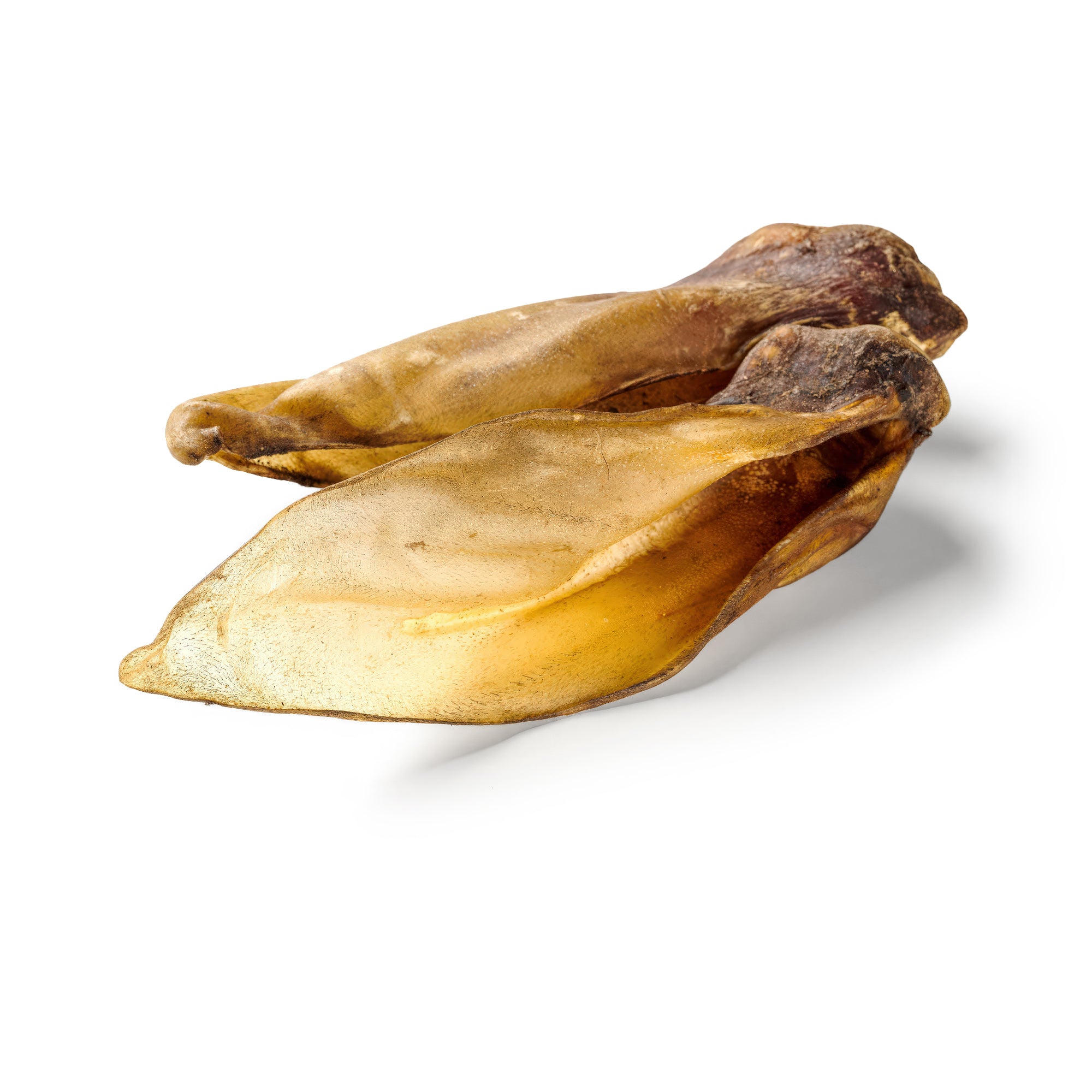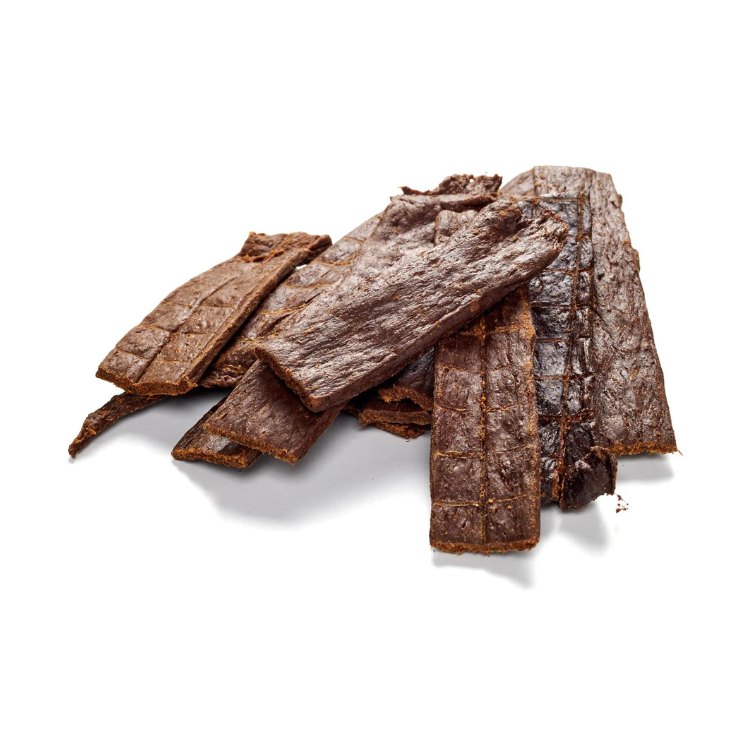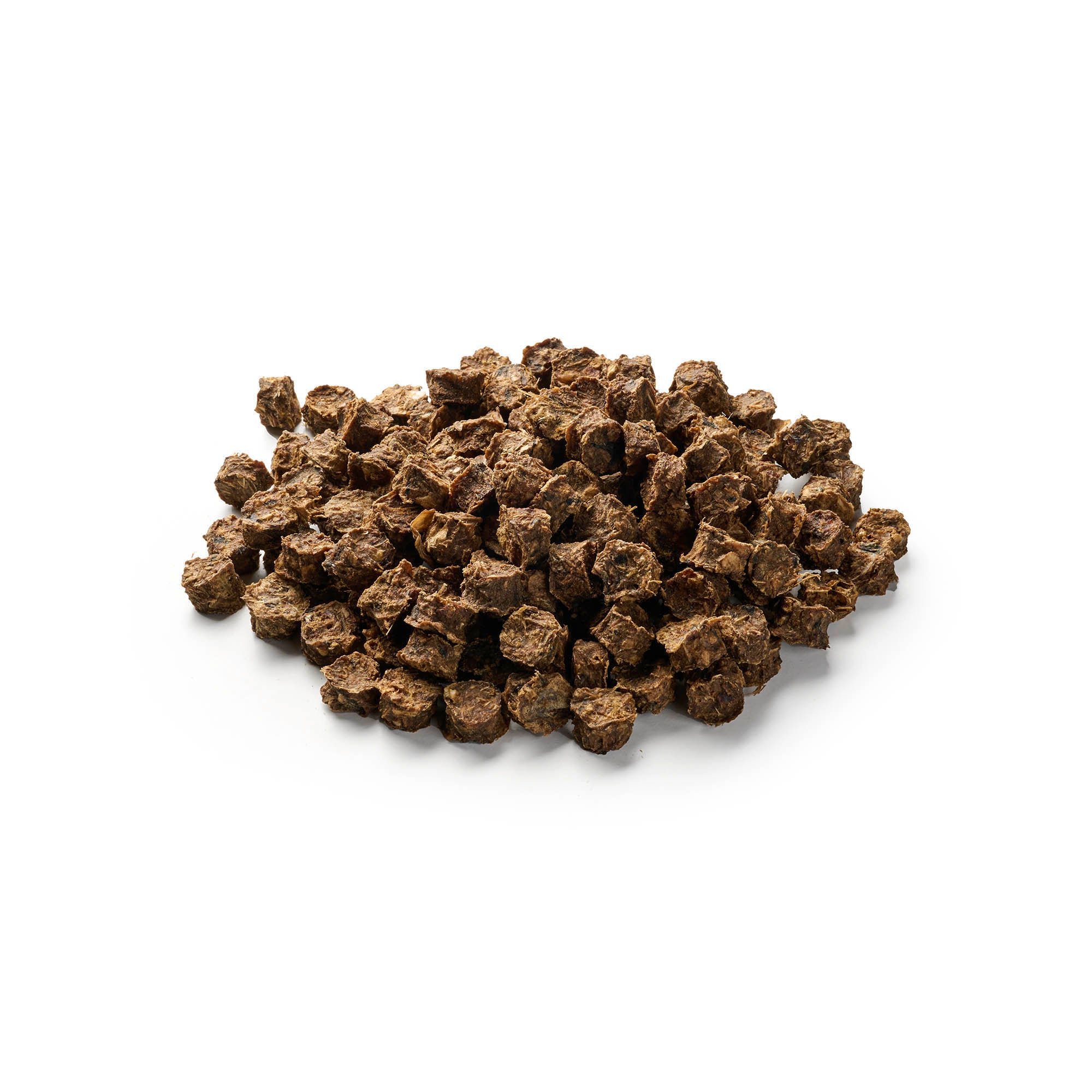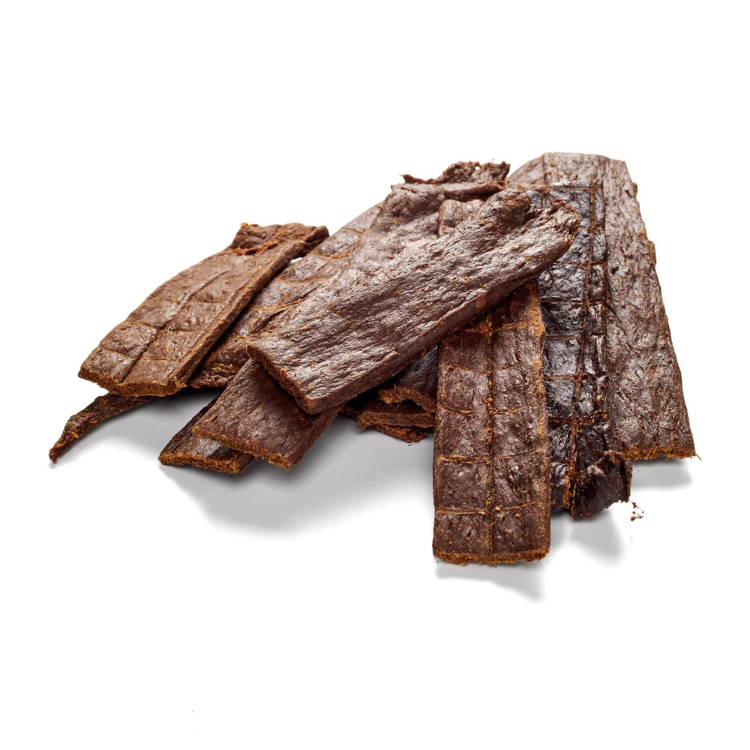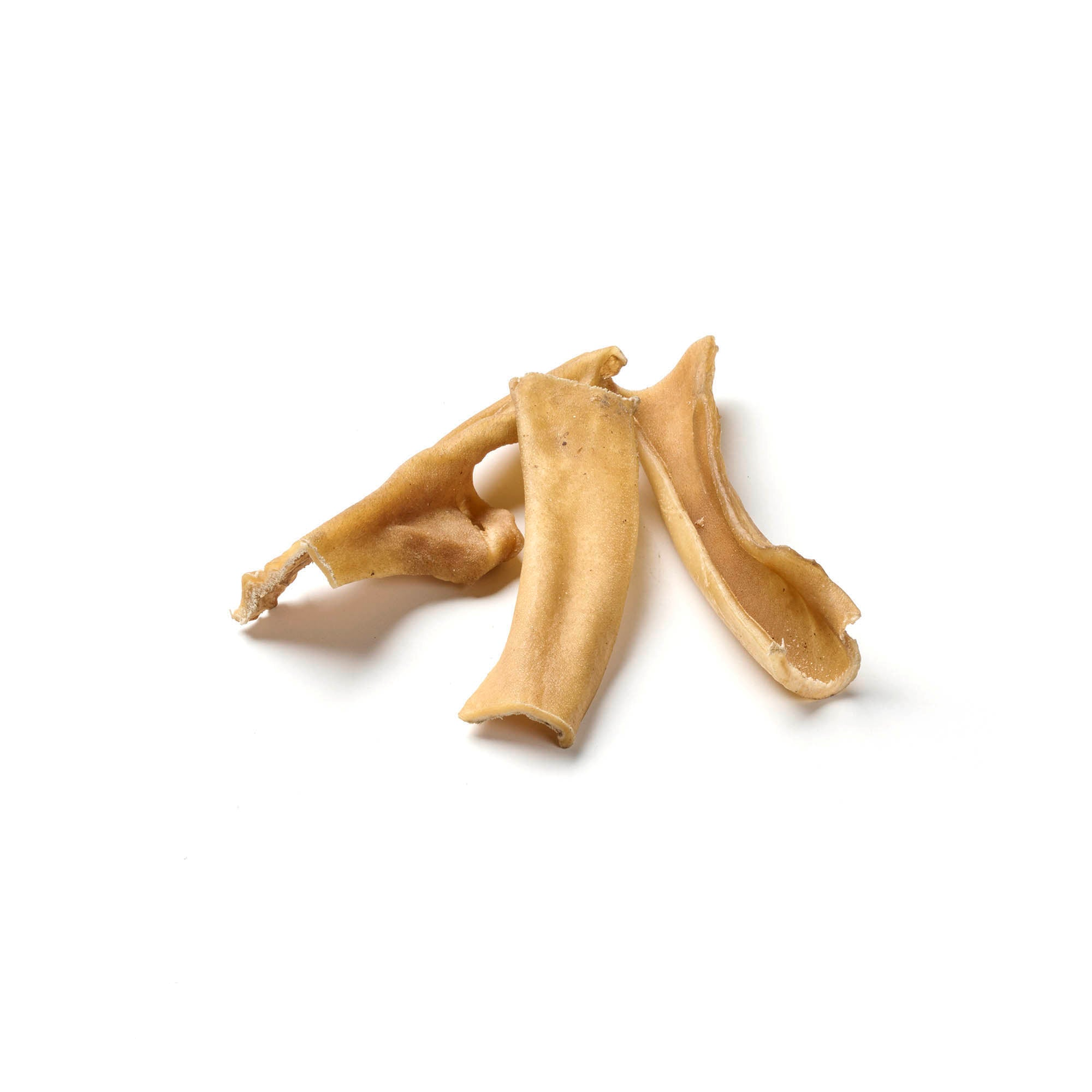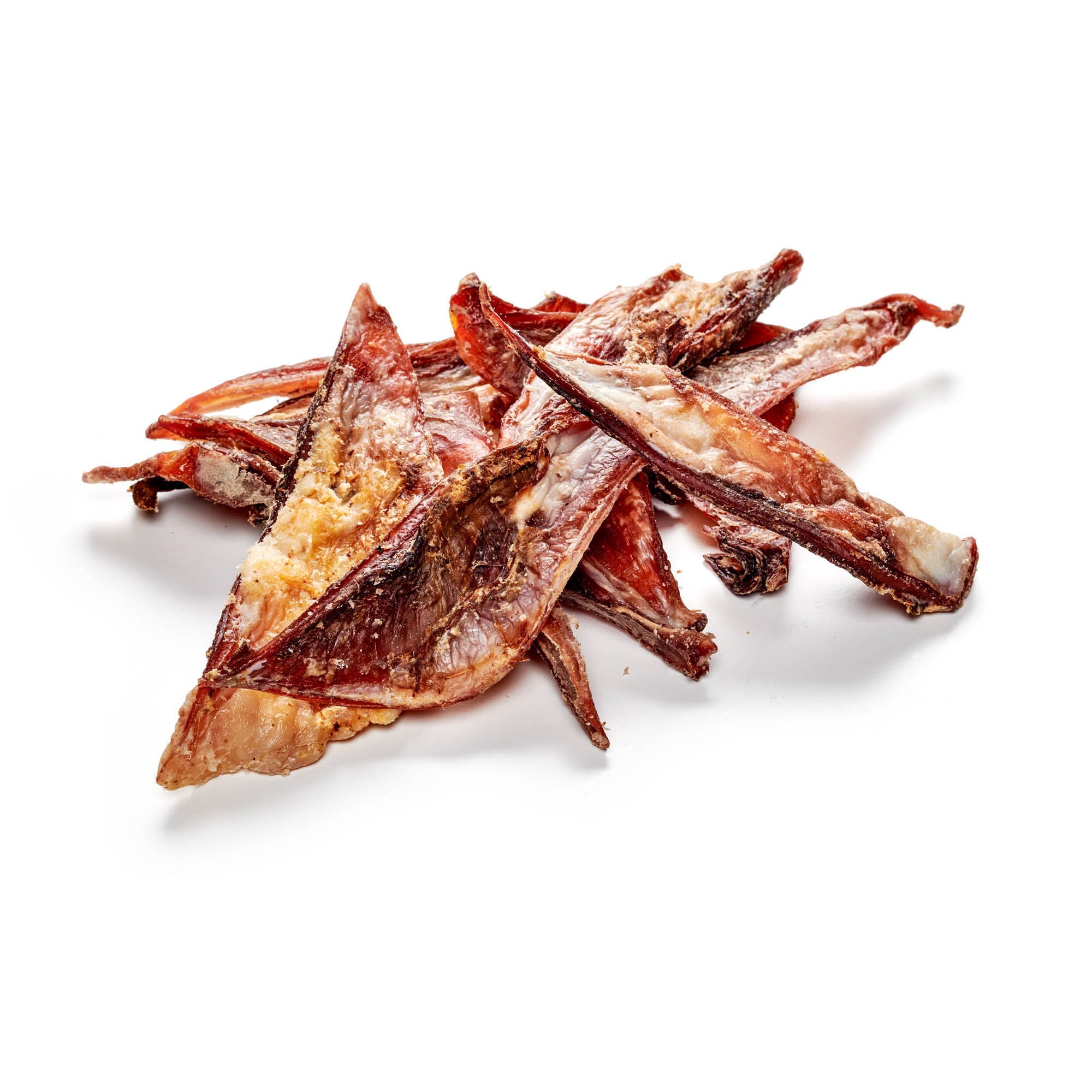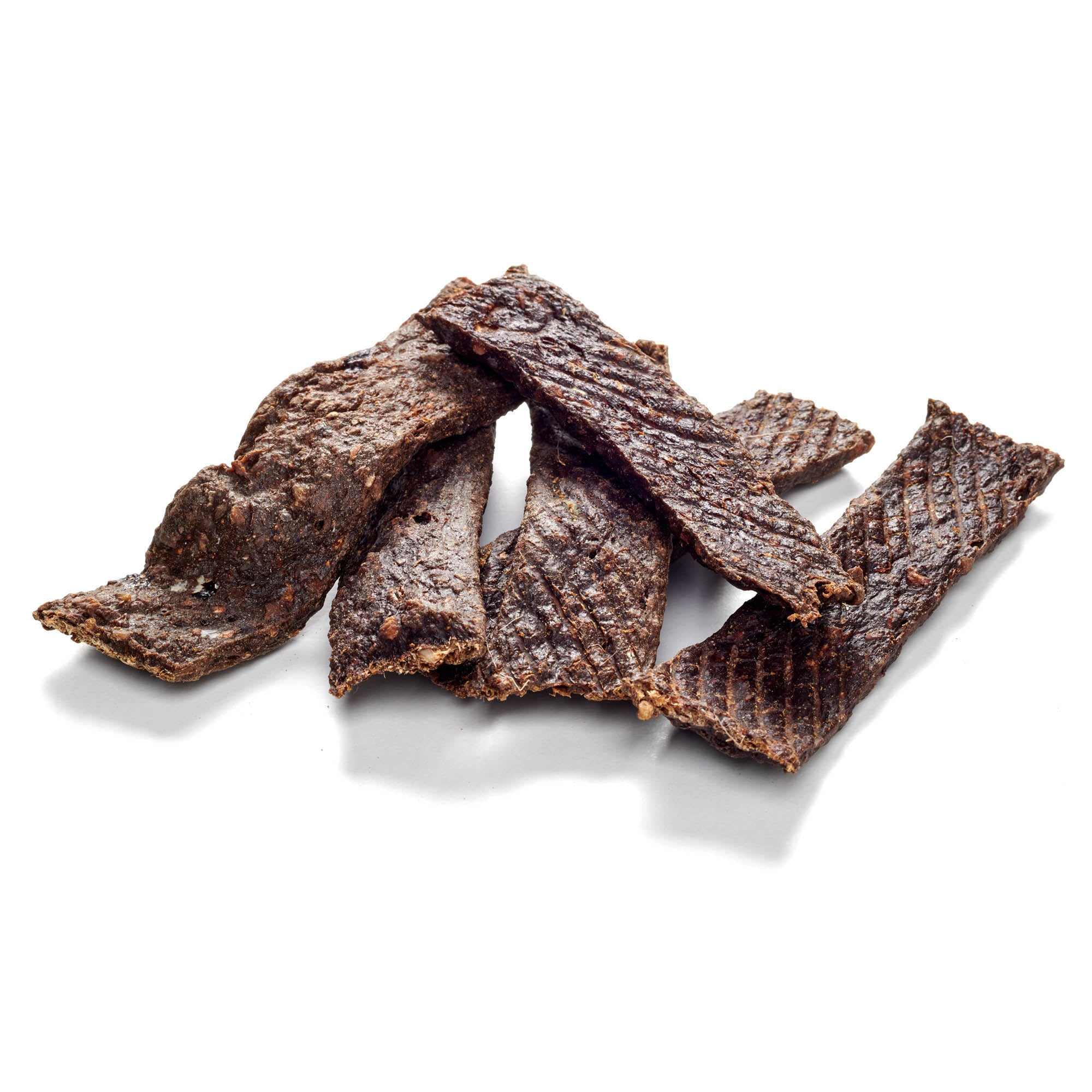
Bedlington Terriers
Share
The Bedlington Terrier is undoubtedly one of the oldest terrier breeds in existence. This loyal companion is characterized by an extraordinary level of activity and, at the same time, remarkable patience. He enjoys a varied life and is a passionate hunting dog, although his appearance does not necessarily immediately suggest this. This combination of energy and serenity makes him a fascinating companion for dog lovers.
Contents:
- profile
- Special features
- What should be taken into account regarding nutrition?
- Health and care
- Origin & History
- Conclusion
- The right accessories
Delicious dog snacks for pure enjoyment are available from us!
Bedlington Terrier - Profile
- Character: Affectionate, lively, brave
- Size: Small to medium
- Height: 38-41 cm
- Weight: 8-10 kg
- Life expectancy: 14-15 years
- Coat type: Unique, curly, woolly
- Colour: Blue, liver or sand, sometimes with tan markings
- Special features: Has a distinctive wool-like coat and a silhouette-like shape that resembles a lamb.
- FCI Group: Part of the Terrier Group
Bedlington Terrier - Special Characteristics
The Bedlington Terrier is characterized by its medium size and can reach a height of about 40 cm, with a weight between 8 and 10 kg. Its coat varies from beige-brown with a light nose and eyes to grey-blue with dark eyes and nose, although breeders often prefer the darker colors. The slender body of this breed ends with a low-set tail that does not extend above the back. The rounded, pear-shaped head and low-hanging ears give it a sheep-like appearance, which is emphasized by the soft, slightly curly coat. The coat shows a distinct corkscrew-like texture, especially on the face and head, and the flapping, fur-fringed ears give it a funny appearance.
The Bedlington Terrier is an excellent family dog and is affectionate and gentle, especially with children. He will never be pushy, but will happily romp and play in the garden. He is brave and alert towards strangers, but does not tend to bark excessively. Males of this breed defend their territory expressively against other dogs and can be difficult to calm down.
The Bedlington Terrier is also suitable for novice dog owners, provided that you inform yourself in detail about the correct care beforehand. Puppies of this breed are more demanding than puppies of other breeds due to their above-average need for exercise. Patient and consistent dog training is required to ensure that the terrier is socially compatible at a high level. The great willingness of this breed to learn makes character training easier, and attending a dog school can have a positive influence.
Bedlington Terrier - What should be considered regarding nutrition?
A terrier who loves to be active needs a diet that is based on meat . Make sure you get high-quality, natural dog food, whether it is wet food or dry food. The main ingredient on the package gives you a guide for your choice. High-quality raw materials such as duck and liver are valuable in the food. A high proportion of fat and protein promotes digestion and supports the health of your terrier. Raw food, supplemented with bones , contributes to dental health and reduces the amount of feces.
Weigh your dog regularly and adjust the amount of food if necessary to avoid overfeeding. The recommendations of the food manufacturers are guidelines and should be adapted to the age, size and activity of your dog.
Terriers are often sensitive to changes in diet, so new food should be introduced gradually over about four days. Dog treats and snacks are popular with dogs. In addition to dried beef ears and chewing bones, freeze-dried pieces of meat and small dog biscuits can be used as rewards. Make sure that your dog always has plenty of fresh water available.
<Reward your best friend with our dog treats!
Bedlington Terrier - Health and Care
The Bedlington Terrier is a non-shedding dog that also smells less like a typical dog. Its curly coat requires daily or bi-daily brushing, which the dog usually tolerates well. The coat can be trimmed by a dog groomer once or twice a year to maintain the characteristic sheepskin look.
Claw care is important, especially as the dog gets older and the urge to move around decreases. It is advisable to trim the claws regularly with special pliers to avoid the risk of injury from claws that are too long. The ears should also be checked and cleaned regularly.
Dental care can be introduced as early as puppyhood. Tartar build-up can be reduced with a dog toothbrush and toothpaste. Bedlington Terriers love to romp around in nature and can get dirty in the process. Occasional bathing with gentle dog shampoo can help remove coarse dirt.
Bedlington Terrier - Origin & History
The history of the Bedlington Terrier goes back a long way. Originally known as the Rothbury Terrier, it was trained for hare hunting in the mining regions of northern England in the late 19th century. It was also there that the first breeding association for this breed was founded. The Bedlington Terrier was also often used for rat hunting and helped to control rat infestations in many villages. Unfortunately, it was also used in animal fighting, which did not do justice to its original use.
The modern name of this breed comes from the town of Bedlington, where it was mainly bred. The exact origins of the Bedlington Terrier are still debated, but it is believed that various breeds such as Whippets, Dandie Dinmont Terriers, Bulldogs, Bull Terriers, French Bulldogs, Otterhounds and Greyhounds played a role in its development.
The Bedlington Terrier was first presented at a dog show in 1870 and recognized as an independent breed. In the 1950s, the Bedlington Terrier Club was founded in Germany, and the external appearance of the dog breed remained almost unchanged.
In the terrier group, it is classified as a "long-legged terrier" and its pedigrees are well documented. This remarkable breed has retained its hardiness throughout its history and still happily fulfils its original role as a hunting dog.
Bedlington Terrier - Conclusion
The Bedlington Terrier, originally bred for hunting and rat control, has established itself as a versatile and charming family dog. Its history is marked by various crossbreedings that have managed to preserve its uniqueness. This terrier is brave and friendly, but also has a will of its own.
Its adaptability from hunting to rat control to exhibitions and as a family dog is remarkable. This breed is suitable for both experienced dog owners and beginners, provided they can adapt to the needs of this intelligent dog. With appropriate care, training and exercise, the Bedlington Terrier offers loyal companionship and unforgettable moments.
Bedlington Terrier - The right accessories
For an active dog like the Bedlington Terrier, a comfortable dog harness is essential. Make sure the harness is made of soft materials that won't irritate the skin. Nylon and natural leather are high-quality materials for dog harnesses. An adjustable dog leash allows you to adjust the length as needed. Dog toys can be a great way to encourage your intelligent Bedlington Terrier's skills, and he will engage in them with enthusiasm.
Treat your dog to something special with our chew products!

